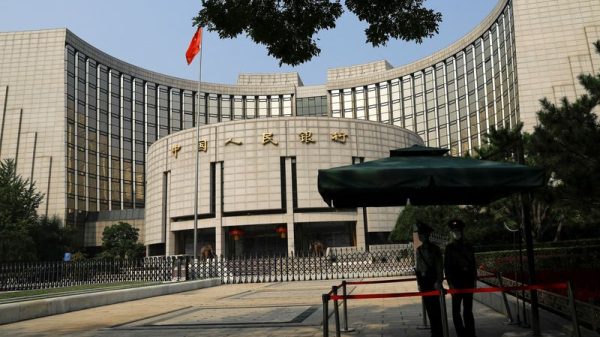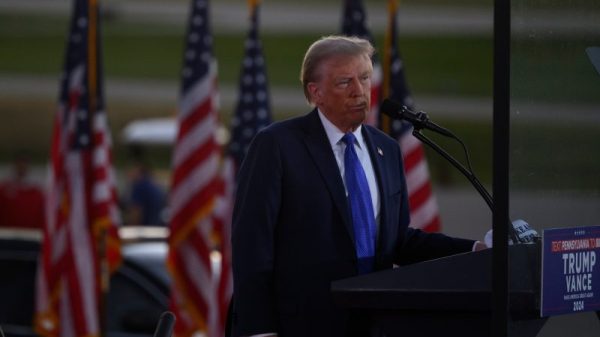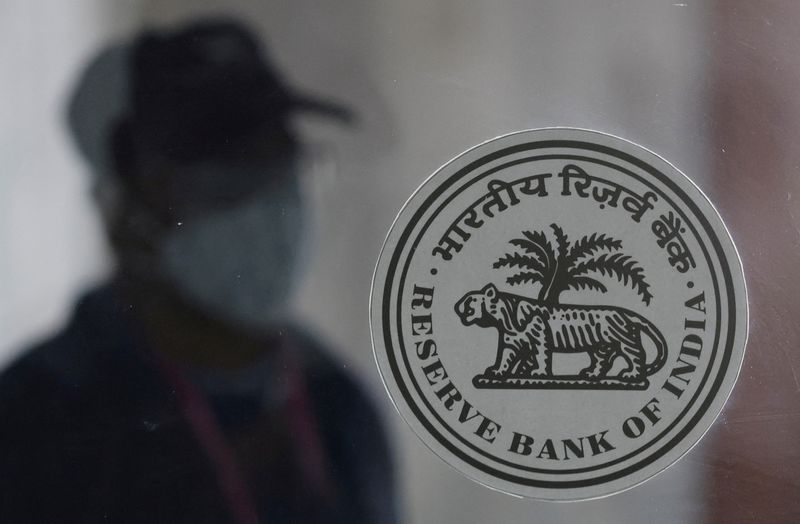By Dharamraj Dhutia
MUMBAI (Reuters) – India’s banking system liquidity deficit is set to widen further in the upcoming quarter, leading to more voices demanding durable liquidity injection.
The banking system’s liquidity shortfall has jumped to its highest level in nearly seven months due to tax outflows and central bank’s regular foreign exchange intervention, market participants have said.
CONTEXT
Daily average banking system liquidity slipped into deficit for December and has widened in the month, despite the central bank cutting banks’ cash reserve ratio by 50 basis points.
This is the first time monthly liquidity has slipped into deficit since June, when the spending was curtailed due to general elections and the formation of the new government.
As of Dec. 23, the liquidity deficit stood at 2.43 trillion rupees.
WHY IT MATTERS
A surplus in the banking system liquidity is a requisite for transmission of lower interest rates into overall economy, according to market participants.
While the central bank is expected to cut the interest rate in February, traders have said that a rate cut without sufficient liquidity will not be an effective easing.
GRAPHIC
KEY QUOTES
“The first thing should be allowing the rupee to move in line with fundamentals and to not waste your reserves and create a further hole in the liquidity situation. Then other steps could come in, because you shouldn’t be digging a hole and trying to fill it in at same time.
Now that the RBI has used the CRR tool once, the next step would be to announce open market bond purchases. OMO purchases would support a more flexible and calibrated approach to infuse liquidity,” said A Prasanna, head of research at ICICI Securities Primary Dealership.
Kanika Pasricha, chief economic advisor at Union Bank of India (NS:UNBK), feels the RBI may look at another cut in CRR. She also said OMOs and foreign exchange swaps could be other possible measures used.
“Core liquidity has come down by around 3.2 trillion rupees, and only 1.2 trillion rupees has been replenished with a cut in CRR.”
WHAT’S NEXT
Market participants expect the deficit to widen by about 1 trillion rupees through a rise in currency in circulation in January-March, in addition to other outflows.
So far this year, currency in circulation rose by more than 500 billion rupees, reducing availability of funds in the banking system.
($1 = 85.3570 Indian rupees)




























